HEKLANJE (Crochet)
You may recognize the intricate crochet work of heklanje from your grandmother’s house. Practiced throughout Europe since the 19th century, heklanje derives its name from the Croatian word heklica, meaning “hook”—just as the French word crochet means “small hook.” As with lace, the artist may decide on a general pattern, but the design develops stitch by stitch, making each piece a unique work of art.
Heklanje begins with a simple loop, on which an intricate arrangement of loops is formed and added. It may begin with a circle with tiny shapes around it, or it may run in a linear pattern. Some pieces may combine several smaller complete designs, joined together in round patterns or rows. It may be made from yarns of varying thicknesses, but the finest pieces are made from thin cotton string.
Follow this link to read more about heklanje and see a video of an artisan at work.
ČIPKA (Lace)
Čipka is a style of lace that is created with fine thread against a firm backing, usually on a round, square, or cylindrical hard-stuffed pillow. Pins or stitches are inserted to hold the threads as the patterns develop. Lacemaking was first practiced around the Mediterranean and Western Europe during the Renaissance. Today, the three main lacemaking centers in Croatia are on the island of Pag, Lepoglava in Northern Croatia, and the island of Hvar. Each area has its own styles, designs, and methods for making the lace.
Pag lace is a “needle lace” and is famous around the world. A circle with tiny holes is defined, and thread is pulled through the holes with a needle using eight threaded sticks which diagonally cross the circle. Then small circles, triangles, rosettes, and stripes are formed from the center. This delicate work is called teg.
Lepoglava lace is a “bobbin lace,” made by twisting and braiding thread on multiple hanging bobbins. The designs are geometric, floral, or even of animals. Lacemaking in Lepoglava dates from the 19th century. Today an annual festival celebrates this beautiful artwork.
Hvar lace, also called “agave lace,” has been made in the Benedictine Convent on Hvar since it was first brought there by local sailors returning from Tenerife in the 19th century; the nuns studied the complex work, and perfected it. The process of making agave lace includes specially preparing threads taken from fresh leaves of agave plants which grow on the island.
All of these laces are created without a printed pattern, making each piece an individual creation, unique to the artist who creates it. Pag, Lepoglava, and Hvar lace are all inscribed in UNESCO’s Representative List of the Intangible Cultural Heritage of Humanity.
VEZ (Embroidery)
Vez, or Croatian embroidery, is often seen on traditional costumes for men, women, and children, as well as on home goods like tablecloths and linens. Embroidery is a traditional craft practiced throughout all of Croatia. The predominant thread color is often red, with combinations of white, blue, gold, black, green, or sometimes brown, embroidered onto a white or off-white background fabric.
Traditionally, women embroidered for their families, often using hand-dyed silk thread and sometimes even raising their own silkworms. In Konavle, cultivating silk moths dates back to the 15th century. Today, cotton and other materials are also used, offering a variety of textures and colors. The colorful stitches are pulled through the background fabric with a special needle, using different techniques to create intricate designs.
There are two types of hand embroidery which are especially well-recognized parts of Croatian women’s traditional costumes. In Slavonia, the stunning zlatovez is made with gold thread. In Konavle, fine silk embroidery called poprsnica (pictured at top)—which features symmetrical designs predominantly in red, black, and dark green with golden borders—decorates the two front pieces of a white blouse, and the costume is accented with gold filigree jewelry and golden tassels.
Just as each region across Croatia has its own special use of technique, color and design, each of the different geometric or floral patterns of vez embroidery has its own name and symbolic meaning.

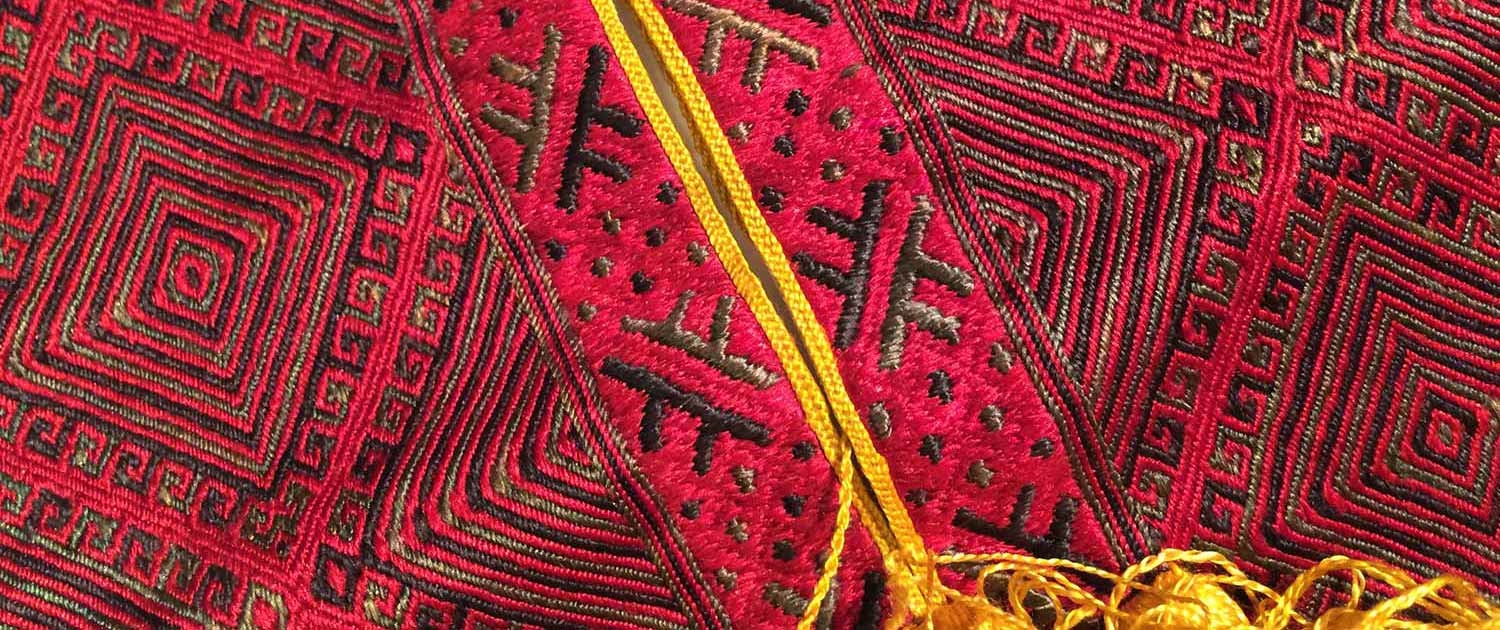
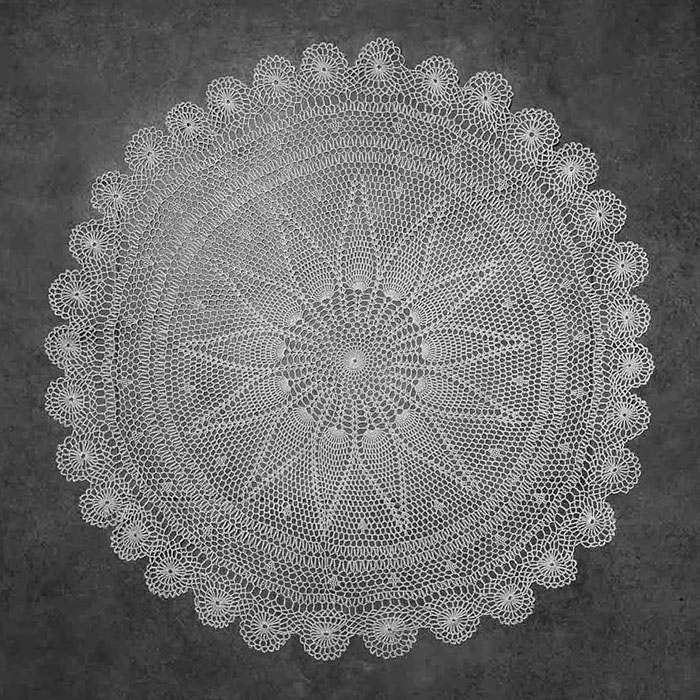
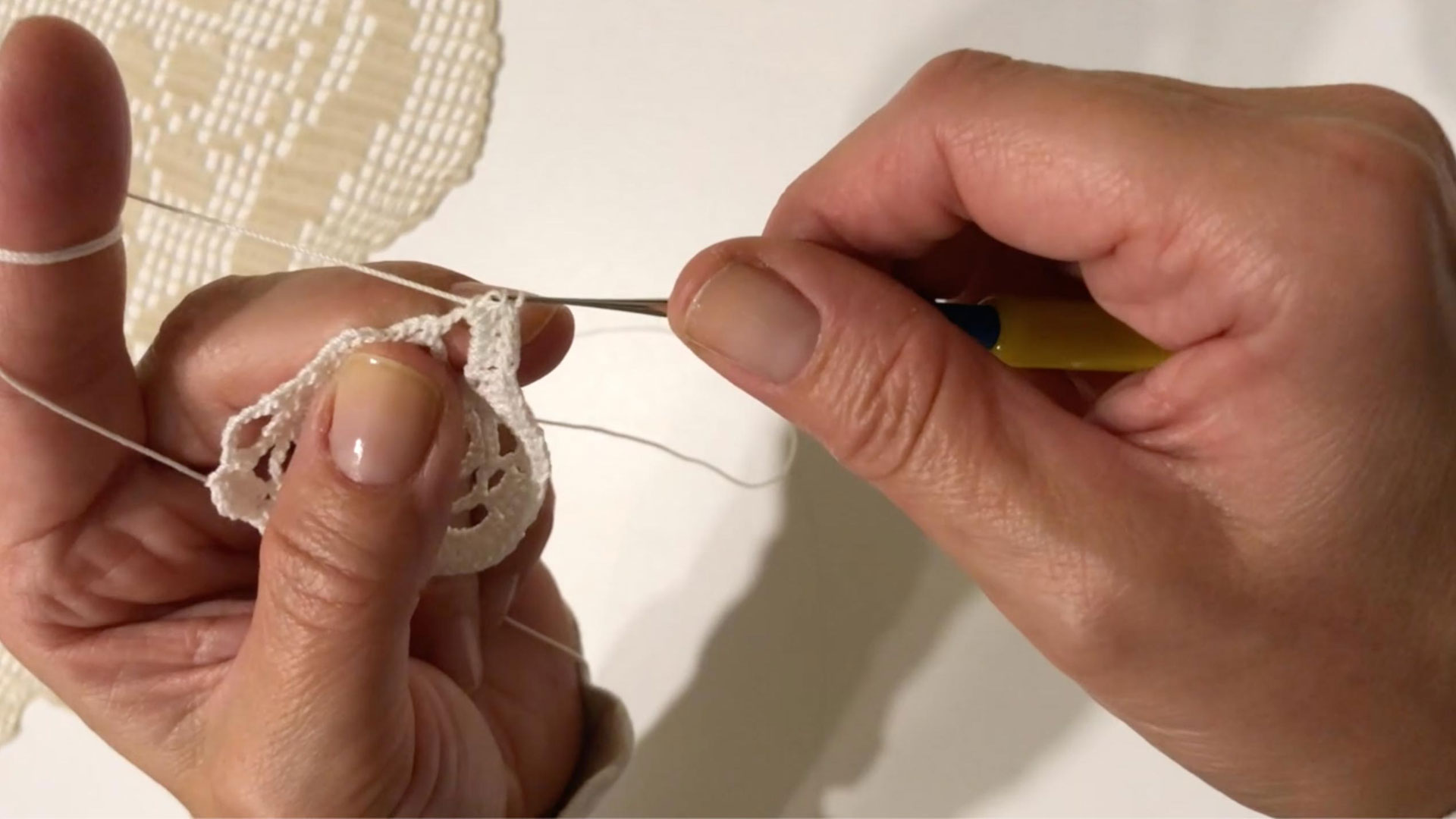
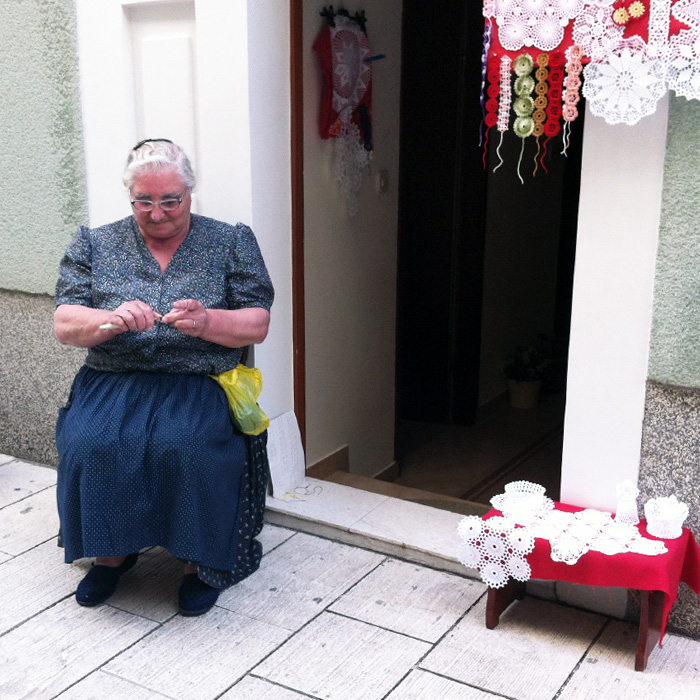
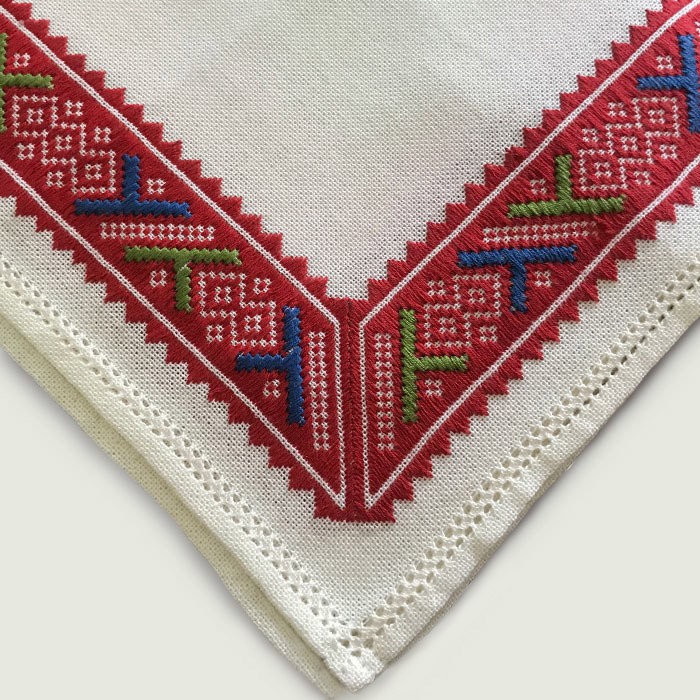
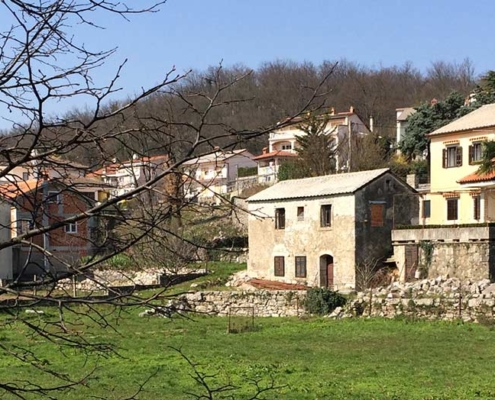 ©2020 DOMA Trading
©2020 DOMA Trading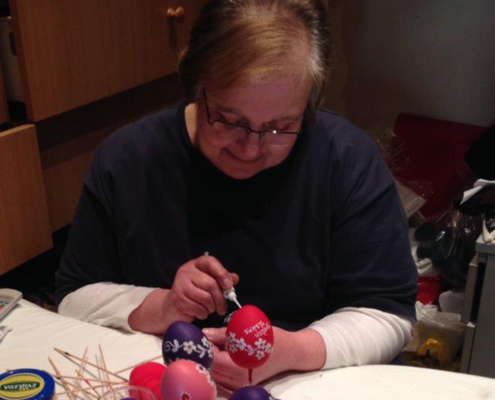 ©2020 Mara Vakos, Rukotvorine
©2020 Mara Vakos, Rukotvorine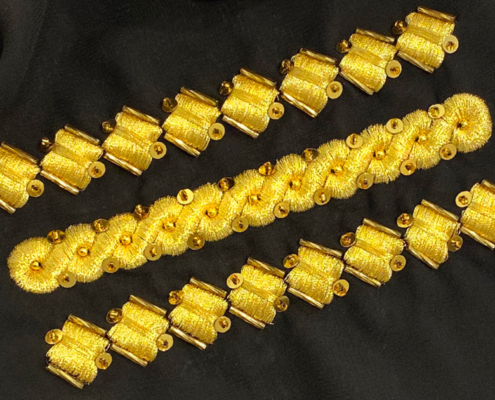 ©2020 DOMA Trading
©2020 DOMA Trading